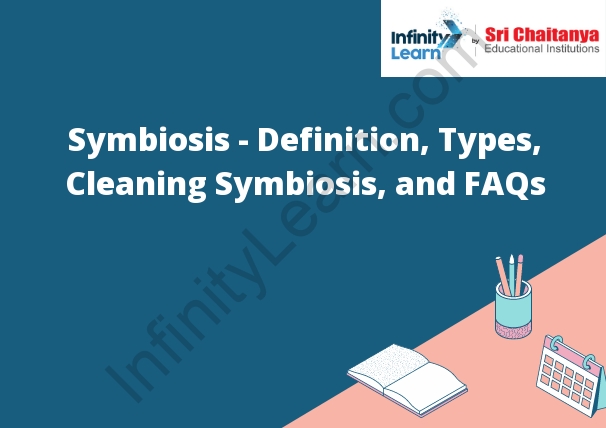Table of Contents
Symbiosis Definition
The word symbiosis comes from the Greek words “sym” (together) and “bios” (life). Symbiosis is a relationship between two different species of organisms in which one benefits and the other is not harmed.
There are many different types of symbiotic relationships. Some symbiotic relationships are beneficial to both organisms, while others are only beneficial to one organism. The most common type of symbiotic relationship is mutualism, which is a relationship in which both organisms benefit.
Some examples of symbiotic relationships include:
-The relationship between a clownfish and a sea anemone. The clownfish lives in the anemone and the anemone protects the clownfish from predators. In return, the clownfish cleans the anemone’s tentacles.
-The relationship between a bee and a flower. The bee collects nectar from the flower and pollinates the flower in the process.
-The relationship between a human and a gut bacteria. The gut bacteria helps to digest food and absorb nutrients. In return, the gut bacteria gets a home and a food source.

Physical Interaction
Physical interaction is a type of interaction that occurs when two or more physical objects meet. In physics, physical interaction is the exchange of energy between two or more objects. This energy can take the form of kinetic energy, potential energy, or thermal energy.
Types of Symbiosis
There are four types of symbiosis: mutualism, commensalism, parasitism, and amensalism.
In mutualism, both species benefit from the relationship. For example, in coral reefs, the coral polyps provide a place for the algae to live, and the algae provide the coral with food through photosynthesis.
In commensalism, one species benefits and the other is unaffected. For example, the remora fish attaches itself to sharks or whales and benefits from the displacement of water and cleaning services that the larger fish provide.
In parasitism, one species benefits and the other is harmed. For example, the tapeworm lives in the intestine of its host and benefits from the host’s nutrients, while the host is harmed by the tapeworm’s presence.
In amensalism, one species is harmed while the other is unaffected. For example, the bacterium Pseudomonas aeruginosa can cause lung infection in people with cystic fibrosis, while the people are unaffected by most other bacteria.
Define Symbiotic Nutrition.
Symbiotic Nutrition is a mutually beneficial relationship between two different species of organism. In symbiotic relationships, both organisms involved derive some sort of benefit from the interaction. This could be nutritional, defensive, or reproductive in nature.
Cleaning Symbiosis
Cleaning symbiosis is a type of mutualism in which one organism, the cleaner, removes parasites and dead tissue from another organism, the client. This interaction occurs in marine environments, where cleaners such as wrasses and gobies live in close proximity to larger fish. Cleaners typically have a bright coloration, which makes them easy to spot. When a client fish sees a cleaner, it will approach closely and open its mouth, allowing the cleaner to remove any parasites or dead tissue.



